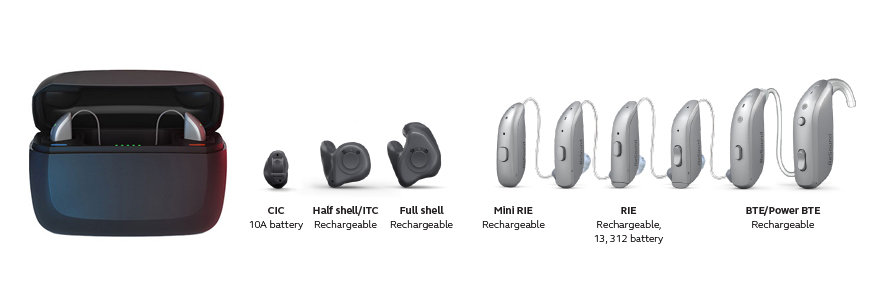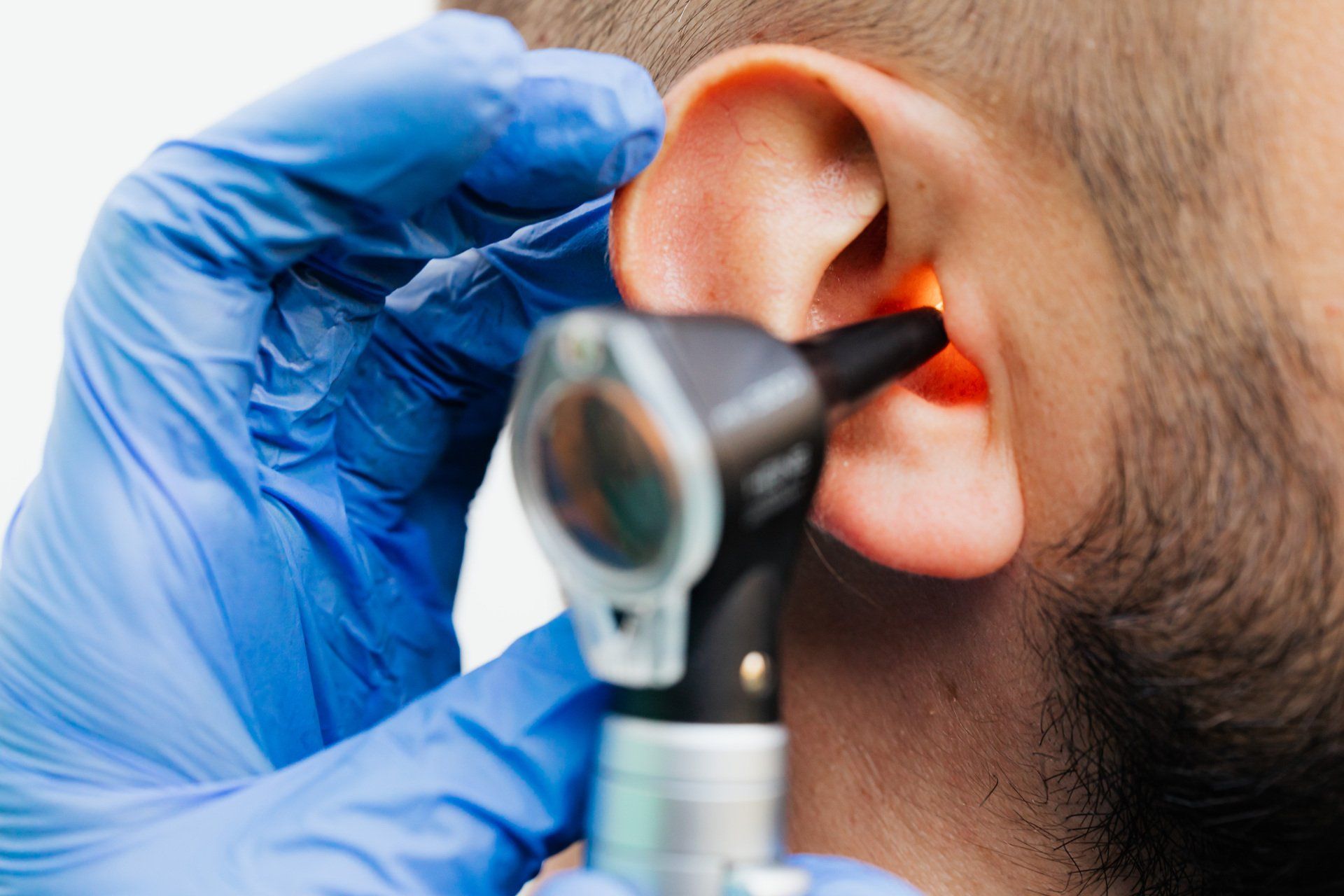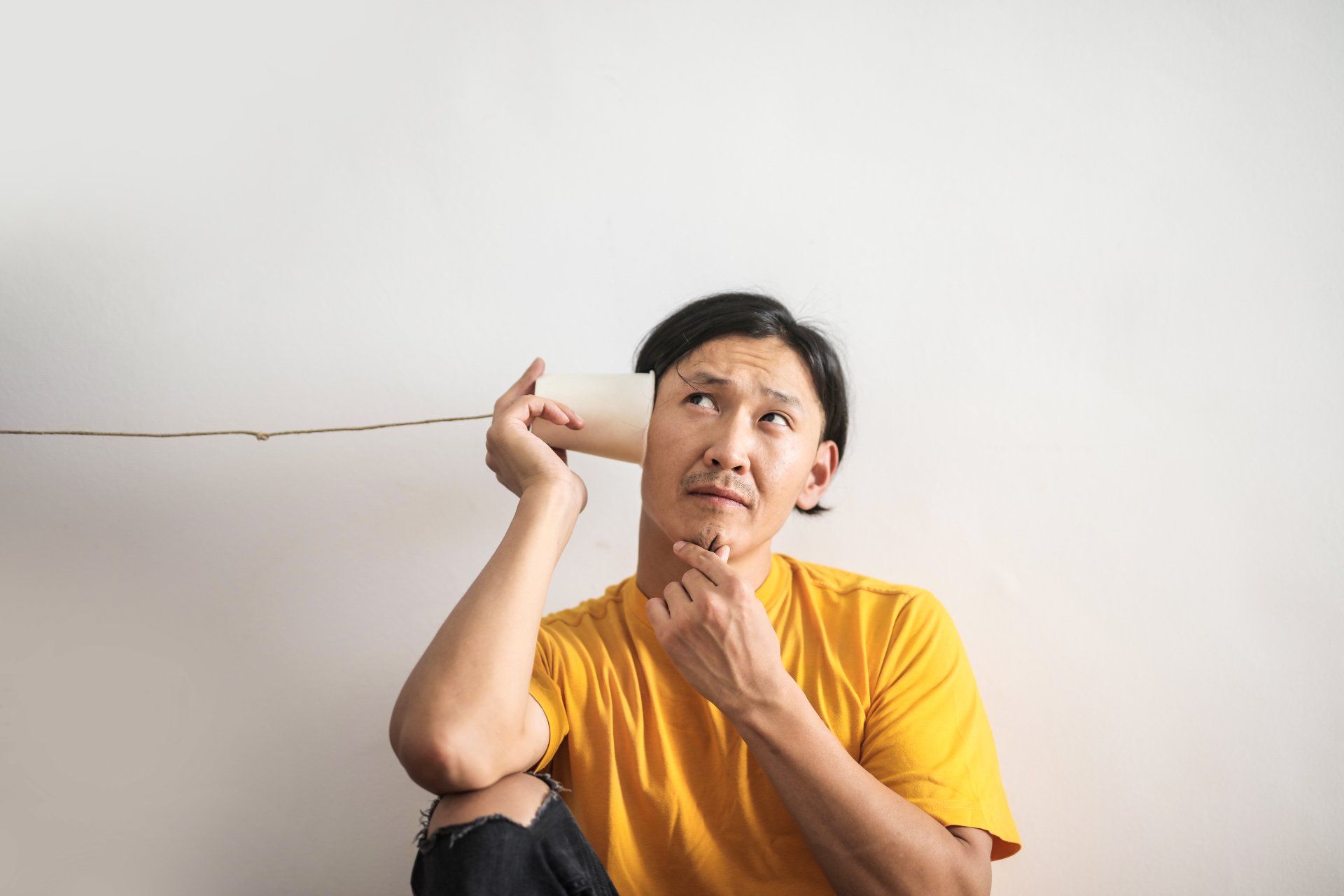What Happens When You Don’t Wear Your Hearing Aids?
What Happens When You Don't Wear Your Hearing Aids?
So you forgot to take your hearing aids out of the nightstand drawer now and then. Or maybe you’ve been going a day or two (or even a week) without wearing them.
If you don’t wear your hearing aids, you’re not only missing out on important conversations, but you’re also putting yourself at risk for a number of issues. It’s not good. Because when you don’t use your hearing aids, a number of things happen, and some things that were already happening get worse. And most of them are rather negative.
What happens when you don’t wear your hearing aids?
Well, here are some things that happen:
- You lose the benefit of the hearing aid you paid for.
- Your brain’s ability to process and interpret sounds is diminished.
- Your brain forgets how to hear in general.
- You lose your sense of balance, because your ears were meant to pick up even the faintest sounds coming from all directions.
You lose the benefit of the hearing aid you paid for.
You'll lose the benefit of investing in hearing aids If you’re not wearing your hearing aids, then you’re not getting the full benefit of them. And we know how important that is. But what else goes wrong when you don’t wear your hearing aids?
Here are some things that can happen when you don’t wear your hearing aids:
-You lose the benefits of wearing them every day, including better understanding of speech, less background noise and better understanding of people who talk softly.
-You could experience earwax buildup, which can cause ear infections and even damage to your ears.
-Your hearing aids could become damaged by exposure to moisture or other elements in nature (like rain).
Your brain forgets how to hear in general.
If you “forget” to wear your hearing aids and, instead, turn your TV up to an even louder volume, you may be doing further damage to your hearing. The consistent lack of sensory input can lead to cognitive problems, even if it isn't associated with an increase in noise. So you’ll probably wind up needing more powerful hearing aids in the future if you fail to use your current pair because your hearing will keep getting worse.
Your brain’s ability to process and interpret sounds is diminished.
Auditory deprivation occurs when your brain is deprived of sound, such as from untreated hearing loss. The ear and brain work together to process sound. Over time, the two become less efficient in how they communicate with each other—which can lead to hearing loss. If left untreated, the parts of the brain normally responsible for hearing get "reassigned" to other tasks. Those parts also tend to shrink or atrophy.
You lose your sense of balance because your ears were meant to pick up even the faintest sounds coming from all directions.
If you don’t wear your hearing aids, you could be losing more than just the ability to hear.
It can be hard to get around because your ears are no longer able to pick up faint sounds coming from any direction. Our ears are a remarkable sensory organ. Your ears help you maintain your balance by providing you with information about the position of your head. Without them, it can cause dizziness and imbalance when walking or standing still.
Hearing Aid Guide
We understand this is important to you ― that’s why we’ve developed a guide that is designed to answer some of the most common questions about wearing hearing aids.
- As a hearing aid wearer, there are many things you can do to maintain the integrity of your devices and ensure they continue to work properly. Here are some tips from our team of experts:
- Make sure your batteries are fresh and have plenty of power when you need them. Newer models have an indicator light that will let you know when it’s time for a change; if yours doesn’t, check the manufacturer’s instructions for help on when to swap them out.
- Keep your ears clean by gently cleaning them with a damp cloth and soap after each use. This will help prevent buildup that could cause issues with audio quality or cause damage to the device itself over time if left untreated!
When your hearing aids hurt your ears, it's important to figure out why. There are a few things you can do.
First, make sure that you have the right size of hearing aid for your ear canal.
Hearing aid wearers often experience discomfort in their ears as a result of the pressure caused by the earmold. This can be due to improper fitting or to the fact that the hearing aid is too large for the wearer's ear canal. In some cases, this discomfort can be alleviated by using a smaller earmold, which will fit more snugly within the ear canal and reduce pressure on sensitive areas of the ear canal. Your Hearing Health Care Provider can help you determine what size is best for you. If you are using a larger hearing aid than necessary and it is too tight, this may lead to pain and discomfort.
If the problem persists after making sure that the size of your hearing aid is correct, there are many different causes for ear pain and discomfort in people who wear hearing aids including:
-An over-the-counter medication reaction
-Autoimmune disorders affecting the inner ear or eardrum
-Allergic reactions to certain components of the hearing aids or moldings used for behind-the-ear models
When your hearing aids hurt your ears, it can be a very uncomfortable situation. We understand and we are here to help you! We understand that you may feel like you're constantly in pain and want to take them out as soon as you put them in.
The good news is that there are ways to make your hearing aids more comfortable so that you can wear them all day long without any problem.
If you aren't wearing your hearing aids, it's time to get in touch with us. We can help you have the hearing you've always wanted, and we'll make sure that what you hear is going to be clear.
So, book an appointment with us today, and let's see if we can help get those aids back into your ears where they belong!











